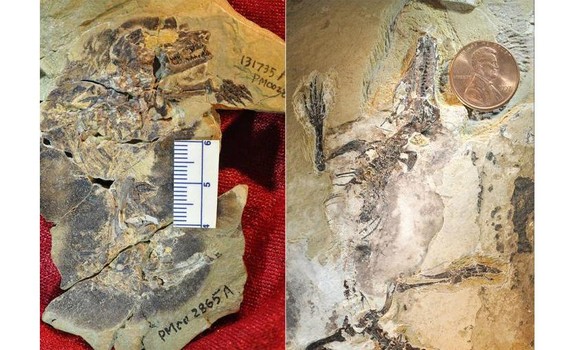Two shrew-sized ancient mammals have been discovered in China by scientists from the University of Chicago and the Beijing Museum of Natural History. Both animals were related and present the earliest evidence of mammal diversification that has been found to date.
Agilodocodon scansorius is the oldest known ancient relative of tree-dwelling mammals. Docofossor brachydactylus is the most ancient subterranean mammal relative known. Both animals lived between 165 million years ago and 160 million years ago. The mammals were inhabitants of the same world as later period dinosaurs in the Jurassic.
The discoveries are unique in terms of the understanding of mammal evolution. While neither animal can be considered to be a true mammal as mammals exist at present, both species demonstrate adaptive abilities that allowed mammals to survive the catastrophes that killed the dinosaurs. Some of the animal’s genetics is present in today’s mammals.
Both animals do not have ribs on the thoracic vertebra. The variation in placement of ribs can be directly related to the development of two genes. The researchers propose the pattern of rib development in mammals and the genetics that controlled rib placement already existed in the earliest known relatives of mammals that lived 165 million years ago.
Similar diversification in mammals has been seen in Castorocauda. Castorocauda was a river inhabitant similar to a beaver that has been shown to be a direct competitor with dinosaurs. One possibility for the mammals out living dinosaurs was the small size. Small animals could subsist on less food and the subterranean mammal ancestors may have had a better chance of surviving fires produced by cataclysmic meteor strikes on Earth.















